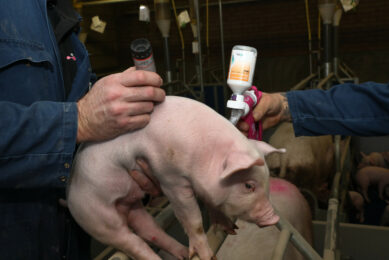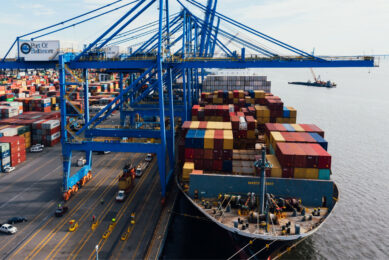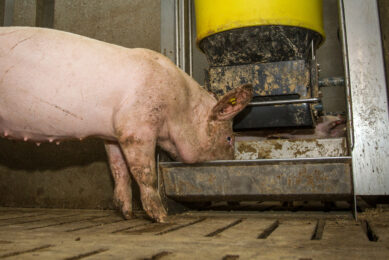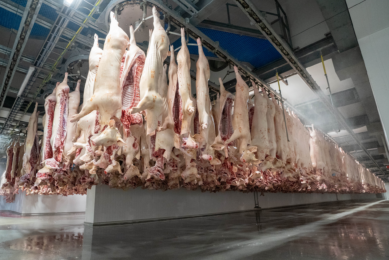Russia’s pig industry turns loss-making
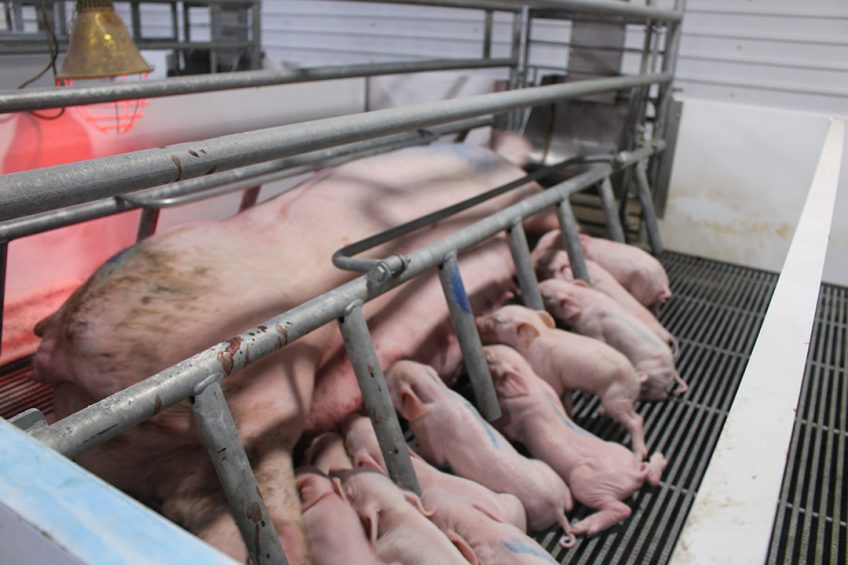
More than half of all pig farms in Russia are at risk of becoming loss-making in 2019 due to the rising production costs and falling purchasing prices on the domestic market, according to a forecast of the Russia’s National Union of Pork Producers (NUPP).
In 2019, the wholesale prices are expected to dip by 5% to 10% to the lowest level seen since the introduction of food embargo in 2014, when all European pork were wiped out from the Russia’s market, RUPP said.
Average wholesale pig price
The average wholesale price in live weight is expected to be around 82 roubles (US$ 1.27) per kg without value added tax (VAT), while the average production cost may be close to 70 roubles (US$ 1.08), although this figure is not identical throughout the industry, said Nikolay Birulin, senior analyst of RUPP.
It was estimated that 28% of all pig producers in Russia are in the middle of their investment cycle, while 18% are in the beginning of an investment cycle, which means that they attracted some bank loans under modernisation or expansions projects and will need to pay an interest rate.
Categories of pig farms cannot stay profitable
Both categories of pig farms have no chance to stay profitable this year, since the interest rate adds up to 25 roubles (US$ 0.38) of production costs to every kg of their products, RUPP said. In addition, there are a lot of old farms in Russia, where the production costs are also appear to be close to 88 roubles (US$ 1.36) per kg, which is higher the average wholesale price on the Russia’s market expected in the end of the year.
The prices are falling because of the weak purchasing price of the Russia’s population as well as strengthening competition between different suppliers. The domestic production will add around 166,000 tonnes of pork in 2019 and almost 300,000 tonnes in 2020, plus a hike in import supplies from Brazil is anticipated, RUPP said.

Read more about pig production in Russia
The production costs are on the rise due to the increase in domestic feed prices as well as some other factors, Mr Birulin said.
Low domestic pig prices because of imports
The last time that so many pig farms in Russia were loss-making was in 2013, when the average profitability in the industry was around -20%, Mr Birulin recalled. That was because the domestic prices appeared to be extremely low because of the overwhelming import suppliers. At that time, loss-making farms were closing their production facilities and selling off pork, which was putting an addition pressure on prices, Mr Birulin said.
On the other hand, low prices drive up the domestic consumption, Mr Birulin said. In 2019, it may rise by 5-6% compared to last year. There could be a stronger increase in the domestic demand if the purchasing power of the Russia’s population would be better, he added. It was estimated that 80% of people in the country are struggling from paycheck to paycheck. That means that there is always a hike in demand for pork in the beginning of the month and some decrease in the end, when people have to save money on food.



